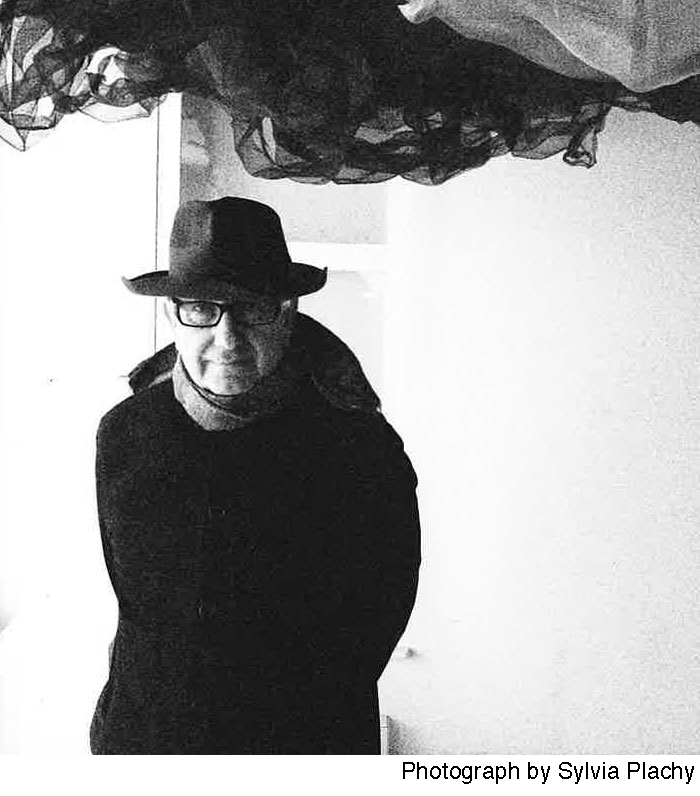No products in the cart.

Born in Budapest, Hungary, George Peck has been living in the United States since 1957. He studied at City College in New York, and studied with Ron Gorchov and Tony Smith at Hunter College, CCNY, as well as studying Interaction of Color with Josef Albers. He has participated in numerous exhibitions throughout the course of his career, and was a visiting professor at the Hungarian University of Fine Arts in 1995.
His work has been exhibited in solo and group exhibitions at institutions throughout the United States and Europe, such as; The Birmingham Civil Rights Institute, Kate Ganz Gallery, Leo Castelli Gallery and Bette Stoler Gallery, New York; The High Museum of Art, Georgia; Karl Ernst Osthaus-Museums Hagen, The American Embassy, Germany; Baraz Gallery, Istanbul; Museum of Fine Arts, Budapest, and many others.
His work has been reviewed extensively in such publications as The New York Times, Art in America, ArtNews, Art on Paper, and Artforum, among others. His paintings are represented in numerous private and public collections in both the United States and Europe, such as: The Metropolitan Museum of Art, Brooklyn Museum of Art and Grey Art Gallery, NY; High Museum of Art, Atlanta, GA; Museum of Modern Art, Stockholm, Sweden; Museum of Applied Arts, Kiscelli Museum and Ernst Museum, Budapest, Hungary. George Peck lives and maintains studios in both New York City and Buskirk, NY.
George Peck: Artist Statement
My curiosity developed early, growing up in Budapest – a city with great culture, history, and physical beauty. This curiosity wanted to be filled with answers, explanations. I constantly looked for paintings and wondered about the magic they seemed to have. I wondered about the history of this world I was living in. I left Budapest during the Hungarian Uprising at age 15 – alone.
My arrival in the United States was a shocking experience. This new world posed entirely different questions. It forced me to see everything through a dual perspective – the eye of a European and the eye of an American. This has become my fundamental makeup.
As an artist, my work has developed along with my changing environment. But my fundamental intent remains the same. I have consistently investigated abstraction, color, light, space, and their relationship to materials. I continue to pose the question of how art is related to the past, of how it is made and seen. My work is rooted in history, and resonates deeply with the world’s sociopolitical fabric.
My early curiosity is what still drives me to continue – to explore across styles, materials, and possibilities. The early monochromatic paintings searched for a delicate balance between pictorial illusion and physicality, made tangible on a shaped canvas, creating a bent surface. The works extend the possibilities of color, layers of color on top of color take the work beyond the “monochrome.” The paintings from the 80s talk about the voices of duality, worlds brought together. The density of the gestural abstraction, its raw beauty and materiality, builds a new view. In the Composite Pictures of the 90’s, the actions of painting turn into the violent cutting up of a completed work, then repositioned to occupy an entirely new space.
I believe that art has the power to change perception, to change the viewer. My work creates an experience of uncertainty and possibility. It demands that we slow down and adopt a position that is unknown and uncomfortable, perhaps even scary – opening us up to the possibility of rediscovery.


